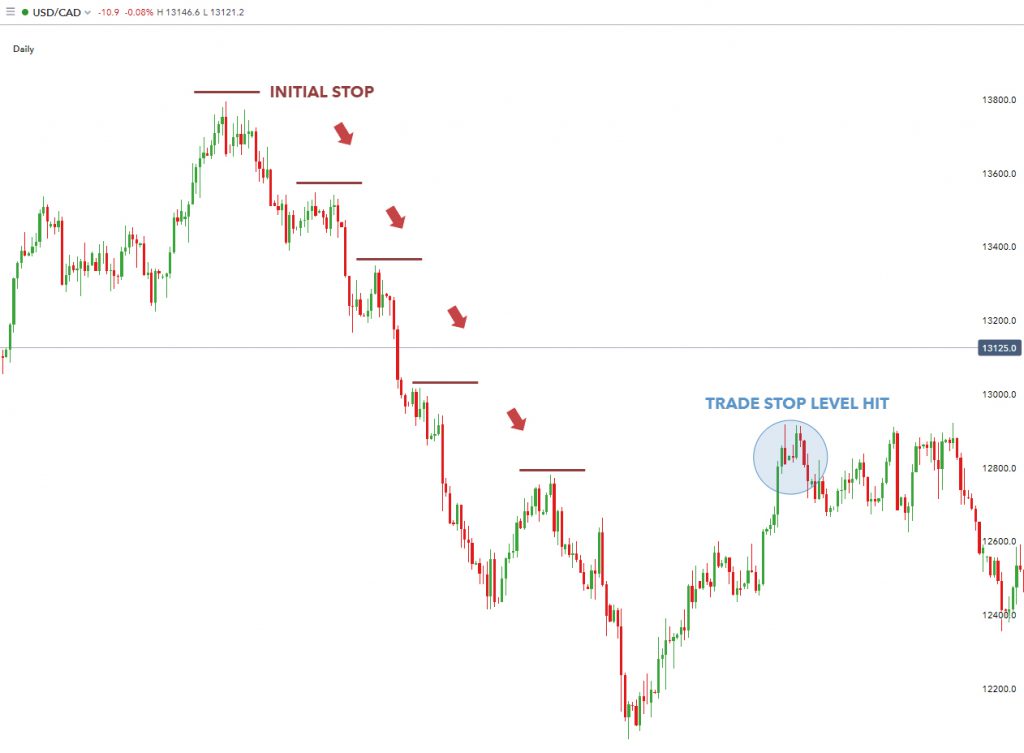Stop orders are mainly used to protect losses on a position, take profit on a position, or enter the market on a breakout. Regardless of why a trader uses stop orders, buy stop orders should always be placed at the market price or higher (asking price), while sell stop orders should always be placed at market price (below the rate) or below. If a trader sets a buy order below the current asking price, it will be rejected. If a trader places a sell order above the current price, it will be rejected.
The reason why buy orders are rejected if placed below the current market price and why buy orders are rejected if placed above the current market price is that the trader must use limit orders in such cases. Limit orders are used when trades are executed at the market price or a better price (at the market price for buy orders or below it, or the market price for sell orders). Stop orders are used to execute trades at the market price or a worse price (at the market price or higher than the buy orders, at the market price, or lower than the sell orders).
Liquidity Concerns
If the liquidity in the market is very low, it is quite possible that your stop orders may not filled at your predetermined price. This happens because there are no buyers against your selling order or no seller against your buying order. However, this may not happen while trading with a market maker broker because a market maker buys against your sell order and sells against your buy order.
Example of Order Rejection or Acceptance
To illustrate this concept, let’s look at an example of when a stop will be accepted and when a stop will be rejected using the below-market depth for corn on March 14.
An example of an accepted stop order:
Let’s say a trader wants to place a sell stop to protect a long position on March 14. If the order and offer remain the same as shown below, the trader must place his sell stop at 4.8400 or below for it to be accepted. Thus, a sell order will be issued on March 14 for corn with a stop at 4.8300.
An example of a rejected stop order:
Let’s imagine a trader wants to enter a long position on March 14. Corn is below the recently offered price of 4.8410. In this case, the trader should apply for a limit order as the trader wants to enter the market at a better price than the market offers. If a trader tries to place an order to buy corn on March 14, at a stop at 4.8300, the order will be rejected.
The Bottomline
Now you know why stop orders are rejected and how stop orders are accepted. You should be able to implement this knowledge into your trading strategy so that you may optimize your trading performance.


